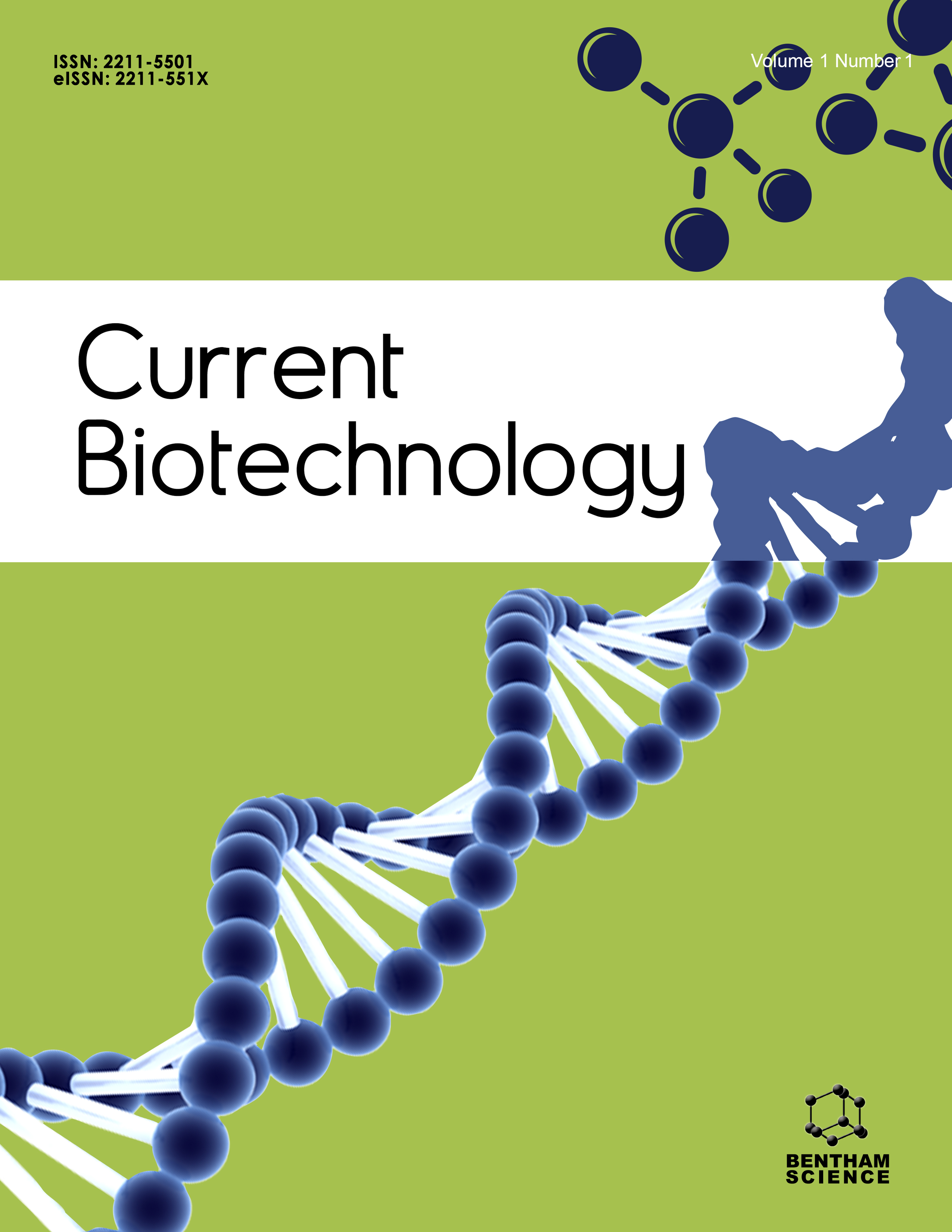- Home
- A-Z Publications
- Current Biotechnology
- Previous Issues
- Volume 4, Issue 1, 2015
Current Biotechnology - Volume 4, Issue 1, 2015
Volume 4, Issue 1, 2015
-
-
Use of Smartphone Accelerometers and Signal Energy for Estimating Energy Expenditure in Daily-Living Conditions
More LessThis paper aims to introduce an efficient predictive function for total energy expenditure (TEE) in everyday life using dedicated mass-market sensors similar to those found in widespread smartphones and tablets. Our research encompasses the design of a TEE estimation model using the smartphone accelerometer with a new signal-to-energy transformation function. The main idea of this study consists in using the signal i Read More
-
-
-
Tools for the Simulation and Detection of Coevolving Positions in Multiple Sequence Alignments
More LessIn the multiple sequence alignment (MSA) of the members of a protein family some positions are highly conserved, while others vary. The conserved positions are clearly important, but the non-conserved positions are also important because the destabilizing effects of a given amino acid at one position can be compensated by the stabilizing effect of a certain amino acid at another position: in other words, two (or mo Read More
-
-
-
A Computational Study of the Structure and Dynamics of the E. coli Transcription Factor RfaH
More LessAuthors: Anna Kahler, Anselm H.C. Horn and Heinrich StichtTranscription factors control the flow of genetic information from DNA to messenger RNA rendering understanding of their function highly important for the modulation and optimization of protein expression. Molecular and structural biology have provided a wealth of information for transcription factors, however, the dynamic processes underlying their activation are yet not fully understood. In this context, molecular Read More
-
-
-
Automated Extraction of Proteotypic Peptides by Shotgun Proteomic Experiments: A New Computational Tool and Two Actual Cases
More LessThe rapid development of mass spectrometry-based proteomic technologies has allowed the quantification and validation of protein biomarkers toward detection of signature molecules, called proteotypic peptides. To facilitate their extraction from experimental protein and peptide lists, we present here a friendly computational tool called Experimental Proteotypic Peptides Investigator (EPPI). In this study, it was used for extr Read More
-
-
-
A Proteome-Level Computational Biology Insight on Sequence Based Aggregation Propensity Profile of Human Hydrolase Structural Enzymes
More LessAuthors: Sujay Ray and Arundhati BanerjeeWith the advancement in proteomics and bioinformatics, it is paramount to predict the causes of aggregation in all Human Hydrolase Enzymes (HHE), which have more tendencies to aggregate. Protein aggregation is associated with manifold pathological and neurodegenerative diseases because of amyloid fibrillation. Physico-chemical factors responsible for aggregation were studied in details. The positional dependencie Read More
-
-
-
The Inhibitory Effect of Stevioside on Bacillus cereus Growth in Milk: Validation and its Response Surface Optimization
More LessAuthors: Deepika Sharma and Munish PuriStevioside, a glycoside present in the leaves of Stevia rebaudiana Bertoni, offers therapeutic benefits such as anti-hyperglycemic, anti-hypertensive, antiinflammatory, anti-tumor, diuretic and immune influencing properties. In this work antimicrobial activity of stevioside against Bacillus cereus, a major source of milk contamination was investigated. The isolate was confirmed by various biochemical and 16S rRNA Read More
-
-
-
Pseudomonas aeruginosa MTCC 7925 as a Biofactory for Production of the Novel SCL-LCL-PHA Thermoplastic from Non-Edible Oils
More LessAuthors: Akhilesh Kumar Singh, Ranjana Bhati and Nirupama MallickNovel short-chain-length-long-chain-length polyhydroxyalkanoate (SCL-LCL-PHA) copolymer production was examined with Pseudomonas aeruginosa MTCC 7925 under supplementation of non-edible oils such as karanja, jatropha, mahua, and castor oils, and their respective cakes for cost reduction. Polymer yield reached up to 4.66 g/l (63.7% dry cell wt., dcw) with a mol fraction of 89.7:4.2:2.7:3.4 of 3- hydroxybutyric Read More
-
Most Read This Month
Article
content/journals/cbiot
Journal
10
5
false
en


